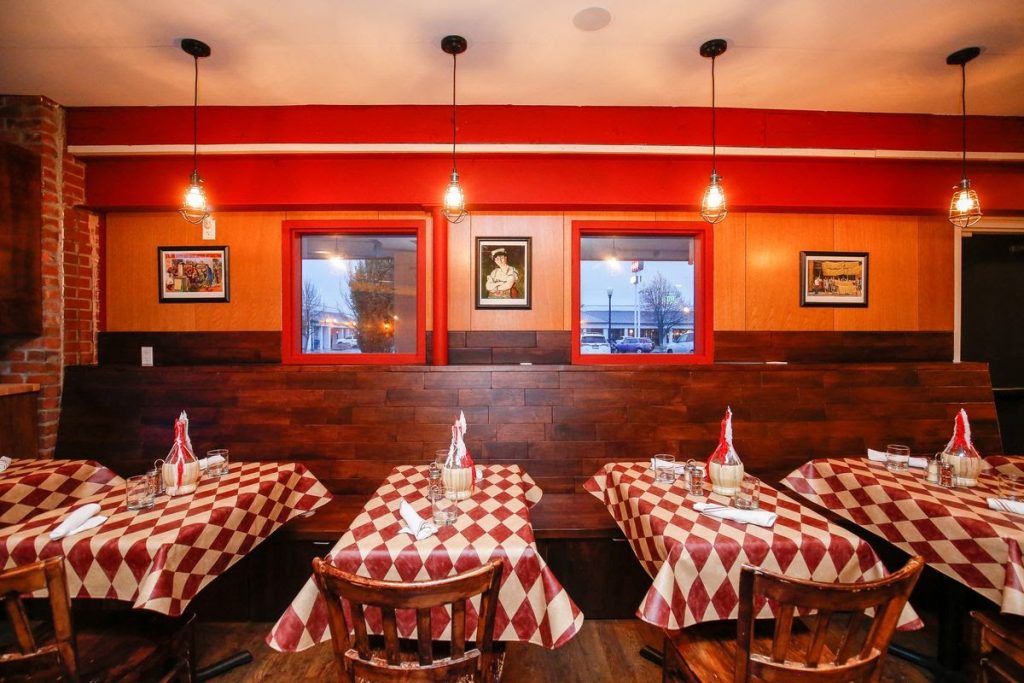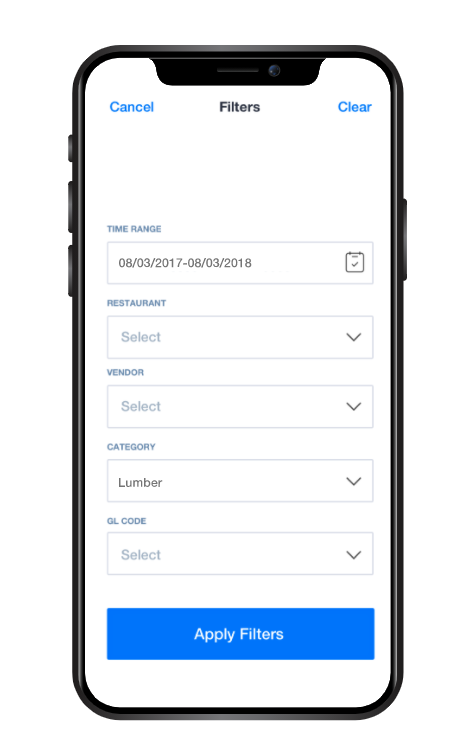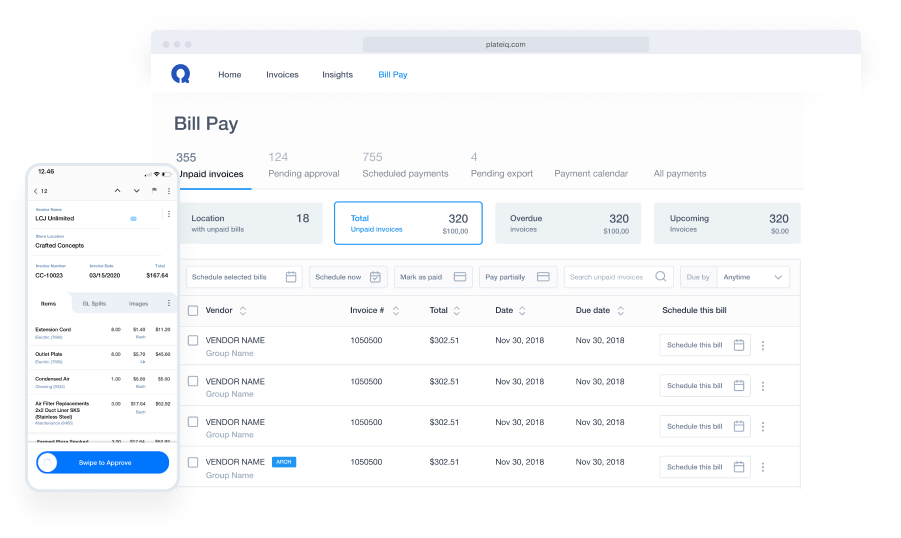
5 Tips to Improve Your Vendor Negotiation Strategy
by Scott Youkilis
Many operators struggle or face challenges with their vendor negotiation strategy. Restaurant owners and managers feel like they have limited options when dealing with vendors and oftentimes feel like its not an avenue worth pursuing.
When discussing terms with your vendors, it’s best to think as if the vendors want you to negotiate.
Vendors want to work with restaurateurs to ensure they thrive. After all, a vendor can’t really sell more produce if their buyers, which are mostly restaurants, can’t survive. The great thing about the restaurant industry is that building win-win relationships is what everyone really wants at the end of the day.
To help with that, here are some strategies to help you get the best deal from your supplier.

Tip 1: Determine Key Ingredients for Your Vendor Negotiation Strategy
Before you can even consider stepping into the ring with your vendors to negotiate pricing, you must identify the key ingredients of your vendor negotiation strategy.
In most cases, this is pretty straightforward. For example, hot dog carts need hot dogs, smoothie shops need cases of frozen strawberries, and pizza restaurants need mozzarella cheese.
Here are some ways to identify your key ingredients:
- Ingredients used in your best selling items
- All center-of-the-plate ingredients (center-of plate means the largest ingredient served on each dish on the menu)
- Any item you purchase in large quantities
- Any ingredient that is cross-utilized across the menu
Tip 2: Calculate The Weekly Volume Of Ingredients
Now that you have identified the key ingredients, determining the volumes at which you purchase the ingredients is critical. With the right tools, this task is simple.
Many restaurants still resort to thumbing through old invoices (which may or may not be in moldy banker boxes).
Smart restaurants use invoice management platforms like Ottimate that automatically capture, digitize and process invoices. All the chef has to do is to snap a picture of the invoice and voila! All the chef has to do now to calculate their weekly ingredient needs is simply:
- Search for the item
- Set a time period for purchases
- Select the vendor(s) from whom key ingredients are purchased
- Calculate the weekly or monthly total cases you are purchasing

Tip 3: Be Transparent About The Goals of Your Vendor Negotiation Strategy

Growth means different things to different restaurant operators. From higher margins to more locations to extra days off, growth is important to the health of the business and your vendor negotiation strategy.
Building off that growth and thriving in a competitive market is the ultimate goal.
After determining the purchase volume of your key ingredients it’s time to be transparent with your vendors about your goals for growth. This is because vendors LOVE growing restaurants and want to do whatever it takes to support a fast-growing joint.
When it’s time to start negotiating with vendors it’s best to have an open conversation about your business so neither party leaves any unresolved issues on the table.
Some questions to ask yourself:
- Are you looking to consolidate vendors and streamline operations?
- Does another vendor sell the exact same product for less?
- Do you have big plans to change the menu?
- Is following the latest food trends important to you vs maintaining your margins?
- If business is booming, and my order volumes are higher than last year, could I get a better price?
- Can I expect to get better prices if I open a second location?
Your priorities may overlap with their goals which will establish a great vendor relationship.
However, while you shouldn’t feel obligated to share your P&L or Balance Sheet reports, sharing high level financial pieces helps build some clarity with the vendor about your intentions, establish yourself as a trusted partner and help them understand how to best support your growth goals.
Tip 4: Consolidate Your Vendors for a Better Vendor Negotiation Strategy
Sourcing key ingredients can often lead to situations where you buy the same ingredient from multiple vendors. While choosing the right vendor can be difficult in this situation, veteran chefs usually prefer vendors with value propositions other than just offering the lowest price.
Some chefs prefer to have a buying strategy that involves multiple backup suppliers in the event a supplier runs out of a key ingredient. This approach may affect your overall cost of goods if you keep bouncing between vendors.
However, if you’re comfortable with the reliability of a vendor, consolidating your orders with them may give you leverage to negotiate a lower per unit cost. Distributors thrive on big deliveries, less often and will be open to negotiating on price if you consolidate items in their favor. This is because consolidating your orders with a single vendor increases the volume being ordered weekly.

Tip 5: Negotiate Better Contract Terms for the Best Vendor Negotiation Strategy
The best deals are often won through contract negotiation. Signing a contract is great for both parties because it guarantees a business relationship for a fixed period of time, which builds reliability, consistency and a mutually-beneficial business relationship. When using your vendor negotiation strategy to discuss a contract, make sure to win concessions on the following areas:
Rebates On Early Payment
Everyone knows the old saying:
Good things come to those who wait.
Good things also come to those who pay early!
Here’s some food for thought:
Did you know that most broadline distributors have Days Sales Outstanding (DSO) on invoices due that can stretch to almost 80 days for invoices that have net-30 terms?
It’s not because restaurant operators intentionally pay late. Due to a mix of mail delays and time taken to receive, manually process and pay invoices, even the most prompt of payers can end up paying late on invoices.
That is why vendors will love you if you pay early, and will even cut you a break on price per unit if you offer to prepay, make a deposit or even pay digitally (vs mailing a check).
This is why vendors love Ottimate’s VendorPay network, where if you choose to pay your invoice with a virtual credit card, you actually earn cashback.

Contract Pricing
Have you ever asked your vendor for contract pricing?
Some vendors will offer you better pricing if you enter a contract to procure the items on a regular basis. These contracts are common with commodity items like eggs, dairy, meats, and seafood as market prices can fluctuate on a weekly basis.
Locking in a price for the year can be beneficial, but there’s always risks.
Here are some best practices:
- Research the actual market cost averaged out on an annual basis and how it fluctuates.
- Understand how your vendor establishes pricing. For example, is it cost plus dollars (fixed fee on top of costs), or cost plus percentage (this increases if costs increase)?
- Make sure you are actually able to receive and process the volume of goods as stated in the contract. If you don’t sell enough chicken parm, and you’ve committed to a massive order, you’re only going see it go to waste.
- Being transparent and setting up a positive vendor relationship will establish a fair price for both parties.
Here’s How You Could Do It Too
- Figure out what the key ingredients that are on your best-selling menu items using sales data from restaurant management systems like Compeat and Restaurant365.
- Use Ottimate Invoice Management and Insights to calculate the weekly volume of orders for these ingredients and price fluctuations.
- Present a clear growth plan and be transparent with your sales rep about improving COGS and boosting your margins.
- Consolidate vendors to win concessions. (Big deliveries, less often!)
- Use an annual contract to lock in pricing and get delivery guarantees on these ingredients. Use Ottimate Insights to track and enforce contract pricing.
Stay up to date on the latest news in AP automation and finance
Related

